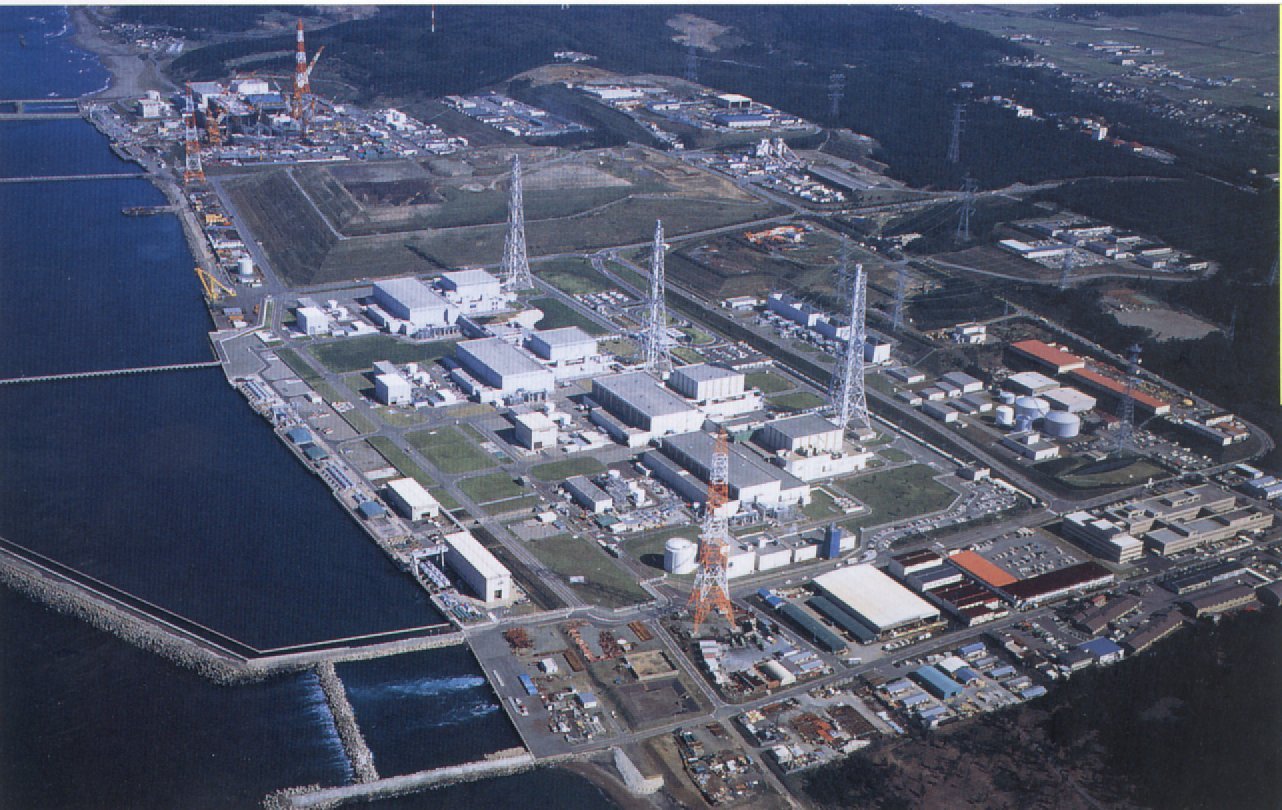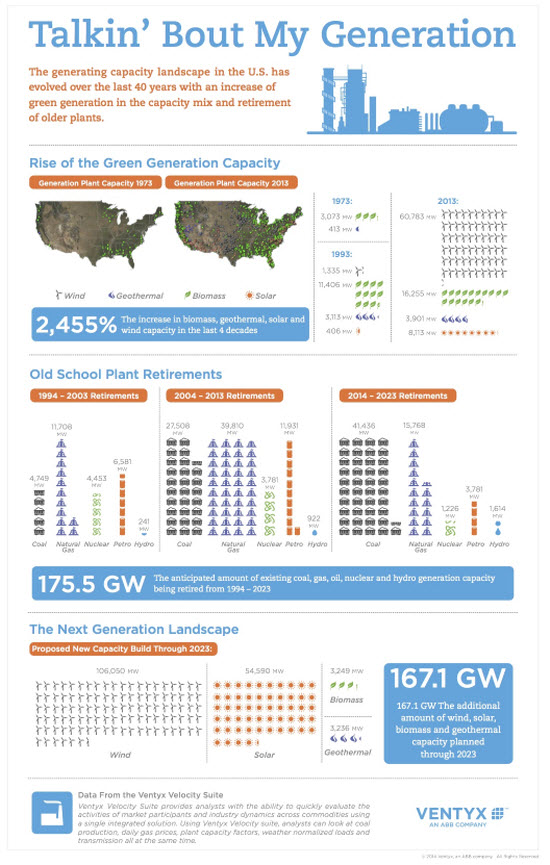
A mish-mash of various news stories that caught our attention today, beginning in Japan…
…where Kyushu Electric’s Sendai nuclear reactors could restart this Autumn without its required off-site emergency center in place. Emergency evacuation plan regulations instituted after Fukushima expanded emergency planning zones to 30 kilometers (18.6 miles) and added other new requirements, including establishment of fully functional offsite emergency operations centers. But the center for the Sendai reactors–scheduled to be the first to restart in Japan–isn’t completed, and is lagging far behind schedule. The situation is similar at most other reactor sites in Japan, and emergency evacuation plans are emerging as a major issue in the country.
Meanwhile, restart of the world’s largest nuclear power facility, the seven-unit Kashiwazaki Kariwa nuclear plant owned by Tepco, has been delayed and won’t take place this year as Tepco had hoped. Tepco had promised its lenders that the reactors either would restart or that it would increase electricity prices, but the government has told Tepco not to implement the latter option.
Even while outgoing NRC Commissioner William Magwood, who has been charged with conflict of interest by U.S. environmental groups , toured Fukushima in a not particularly helpful visit to Japan (video from NHK here), the country received a reminder that government nuclear regulators are often too close to the industry they’re supposed to regulate. The Asahi Shimbun reported Saturday that incoming Nuclear Regulation Authority Commissioner Satoru Tanaka, a professor of nuclear engineering at the University of Tokyo, was receiving payments from Japan Nuclear Fuel Ltd., operator of a nuclear fuel recycling program, and Mitsubishi FBR Systems Inc., a nuclear plant maker, until last month.
According to the article,
“Under the guidelines for nominating NRA commissioners, candidates who received more than 500,000 yen ($4,900) a year from the nuclear industry within three years are disqualified.
“But it is not clear how much Tanaka received from the two companies because the payment entries were blackened out in the university records.
“He also did not declare the payment in his report on his association with the nuclear industry that was submitted to the NRA in April, when he became a member of an NRA special committee.”
*This is photojournalism at its best: The Long Shadow of Chernobyl is a new book from National Geographic photographer Gerd Ludwig. As reported by The Guardian, “A new book from National Geographic photographer Gerd Ludwig documents the worst nuclear disaster in history with sobering but stunning images. Ludwig visited Chernobyl nine times in 20 years to tell the stories of the lives of the victims, the exclusion zone and the abandoned city of Pripyat. The book also contains an essay from former president Mikhail Gorbachev on how the accident changed the course of the world’s history by accelerating the collapse of the Soviet Union.” You can see a sampling of the images here.
*Los Alamos National Laboratories now admits it violated its permit by sending improperly packed radioactive waste to the WIPP site, including a barrel that eventually exploded and released radiation offsite. But the Lab claims that it remains unclear whether the violations actually resulted in the explosion.
*Tea Party Republicans are engaged in a campaign to end the U.S. Export-Import Bank, which they claim is a blatant example of crony capitalism and corporate welfare. And they certainly have a point. ExIm was established to promote U.S. business and provide loans to help U.S. business projects in other countries. But the biggest beneficiaries of the bank have been a relatively small number of large corporations, like Boeing and Westinghouse. The AP-1000 reactors now under construction in China? They were made possible by a $5 Billion Ex-Im Bank loan to China. One rationale for such loans is, of course, jobs in the U.S., but that particular loan worked out to more than $1 million per U.S. job–surely there are cheaper ways to create jobs…. As if to amplify the Tea Party’s point, former NRC Commissioner Forrest Remick published an op-ed last Thursday pointing out that the nuclear power industry would be “especially hard hit” if the bank is closed. Hmmm, maybe the Tea Party is on to something?
*We’ve said before that nuclear power does not work well in a warming climate. During last week’s hot spell, nuclear generation in the PJM region (from Washington DC to Chicago and the Northeast) fell to its lowest level for the period since 1999. Nationally, nuclear generation fell to 19% of U.S. generation. Though the article doesn’t say so, we’re pretty sure solar power production was as high as possible–solar likes those hot sunny days….
Clean Energy
*We’ve been predicting it for a while, now its a fact: China is the world’s largest market for solar photovoltaics.
*Over in the Australian state of Queensland there is so much installed rooftop solar (it’s on more than 350,000 buildings) that wholesale electricity prices fell to zero, and even into the negative range, during the middle of the day for several days last month.
“Negative pricing” moves, as they are known, are not uncommon. But they are only supposed to happen at night, when most of the population is mostly asleep, demand is down, and operators of coal fired generators are reluctant to switch off. So they pay others to pick up their output.
“That’s not supposed to happen at lunchtime. Daytime prices are supposed to reflect higher demand, when people are awake, office building are in use, factories are in production. That’s when fossil fuel generators would normally be making most of their money.
“The influx of rooftop solar has turned this model on its head. There is 1,100MW of it on more than 350,000 buildings in Queensland alone (3,400MW on 1.2m buildings across the country). It is producing electricity just at the time that coal generators used to make hay (while the sun shines).”
The article goes on to explain that even if coal suddenly became free, it still can’t compete with rooftop solar power. And though the article doesn’t specifically say so, since Australia has no commercial nuclear reactors, the same holds true for nuclear power.
 *Closer to home, above is a handy infographic that shows the history of electricity generation in the U.S. over the past 40 years and projections through 2023. Although we think the anticipated nuclear retirements are on the low side.
*Closer to home, above is a handy infographic that shows the history of electricity generation in the U.S. over the past 40 years and projections through 2023. Although we think the anticipated nuclear retirements are on the low side.
*While the renewable projections in that infographic look pretty good, they could have been a lot better if the federal government had adopted strong policies in support of renewables decades ago. In this long article former DOE staffer Allan Hoffman asks–and answers–the question: How Did US Renewable Energy Policy Get So Off Track? As a young DOE staffer, in 1978 Hoffman personally delivered to President Carter’s Domestic Policy Advisor a paper signed off by 30 separate federal departments that stated, “even with today’s subsidized energy prices, many solar technologies are already economic.” But not much happened beyond talk, and solar power remained uncompetitive for decades. Readers may not agree with all of Hoffman’s conclusions, but the history is both fascinating and frustrating at the missed opportunity.
In Utah, Rocky Mountain Power seems to be doing its part to continue making solar power uncompetitive. It’s proposed a $4.25/month fee for homeowners installing solar on their rooftops, apparently just because it wants the money. But Utah residents aren’t happy with the proposal and are fighting back. “I’ve never seen such a hostility from residents as I have on this issue,” said Richards, partner at Woods Cross, Utah-based InterMountain Wind and Solar. “I’m amazed at the intensity I’m seeing.”
Michael Mariotte
July 7, 2014
Permalink: https://www.nirs.org/2014/07/07/nuclear-newsreel-monday-july-7-2014/
You can now support GreenWorld with your tax-deductible contribution on our new donation page here. We gratefully appreciate every donation of any size–your support is what makes our work possible.
Comments are welcome on all GreenWorld posts! Say your piece above. Start a discussion. Don’t be shy; this blog is for you.
If you like GreenWorld, you can help us reach more people. Just use the icons below to “like” our posts and to share them on the various social networking sites you use. And if you don’t like GreenWorld, please let us know that too. Send an e-mail with your comments/complaints/compliments to nirs@nirs.org. Thank you!
GreenWorld is now posted on tumblr at https://www.tumblr.com/blog/nirsnet
Note: If you’d like to receive GreenWorld via e-mail daily, send your name and e-mail address to nirs@nirs.org and we’ll send you an invitation. Note that the invitation will come from a GreenWorld@wordpress.com address and not a nirs.org address, so watch for it.




Pres. Carter was a turncoat, like several other presidents we know. When he was running for office, he claimed that he’d see to it that nuclear power was stopped. After his election, he went ahead with supporting it. The media love to treat Carter as some kind of saint, but then that’s media.